Dried shallot is a concentrated flavor powerhouse that transforms ordinary dishes into extraordinary culinary experiences. Whether you're a professional chef or a home cook, this versatile ingredient offers intense taste, extended shelf life, and remarkable convenience. This guide covers everything you need to know about using dried shallots effectively in your cooking.
Table of Contents
Introduction to Dried Shallot
Dried shallot is fresh shallot that has undergone dehydration to remove moisture, concentrating its natural flavors while extending shelf life. Unlike fresh shallots which are ideal for raw applications like salads and salsas, dried shallots excel in cooked dishes where their intensified flavor can shine through.
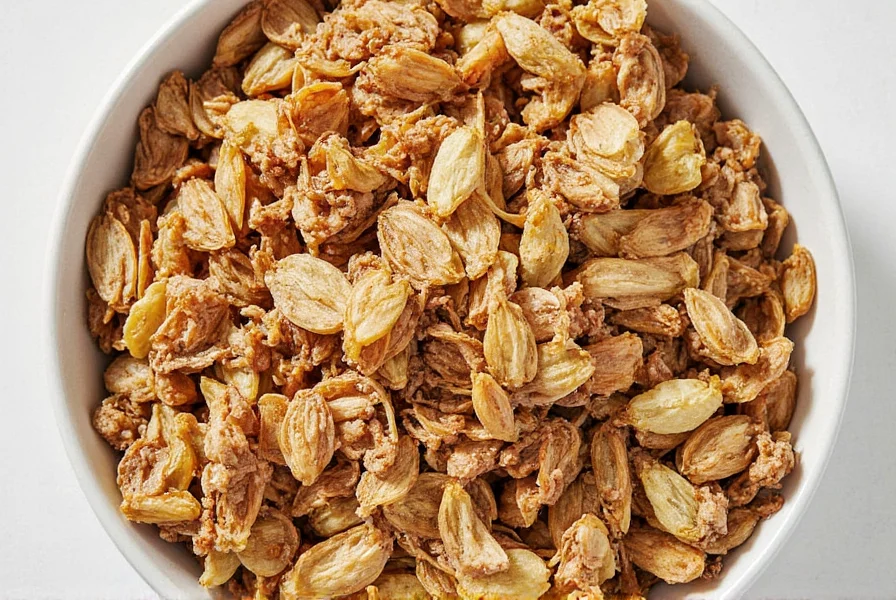
The dehydration process enhances both sweetness and sharpness, creating a flavor profile that bridges onions and garlic. When rehydrated, dried shallots regain a tender texture similar to fresh ones, while remaining crisp when used dry. This makes them a staple in Asian and Indian cuisines for curries, stews, and marinades.
Why Dried Shallot is Essential
Dried shallot should be a staple in every kitchen for these key reasons:
- Concentrated Flavor: Dehydration intensifies natural sweetness and sharpness, providing deeper flavor than fresh shallots.
- Extended Shelf Life: Lasts 6-12 months when stored properly, eliminating waste from spoilage.
- Ready-to-Use Convenience: No peeling or chopping required—just sprinkle or rehydrate as needed.
- Universal Versatility: Works in savory dishes, sauces, baked goods, and even desserts.
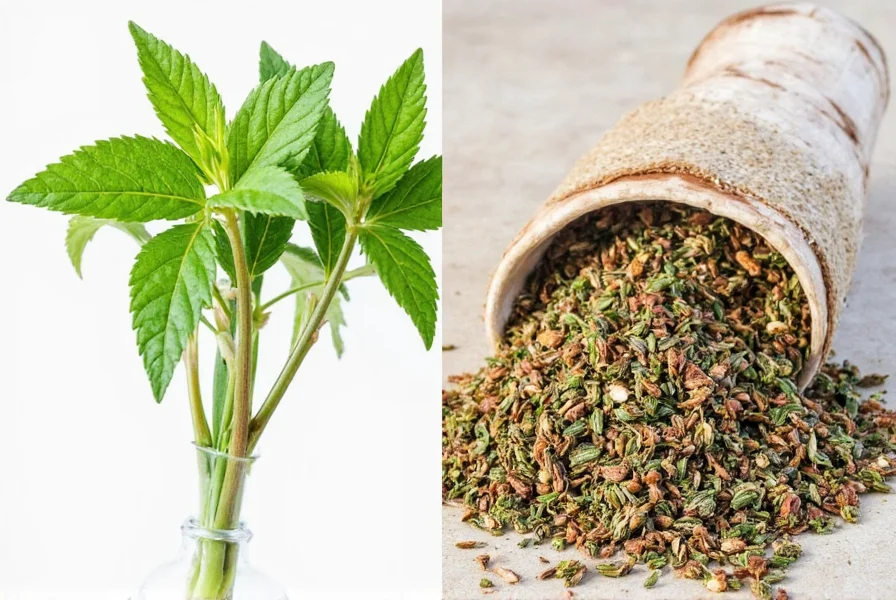
Many cooks are surprised by how dried shallots elevate dishes with their balanced, complex flavor profile that's neither too strong nor too mild.
How to Use Dried Shallot in Cooking
Master these techniques to get the most from your dried shallots:
- Rehydration: Soak in warm water for 15-30 minutes for softer texture in stews and sauces.
- Direct Addition: Use dry for crunchy garnishes on soups, salads, or snacks.
- Sauce Enhancer: Add to gravies, soups, and stews for rich, layered flavor.
- Seasoning Blend: Crush and mix with other spices for custom blends like garam masala.
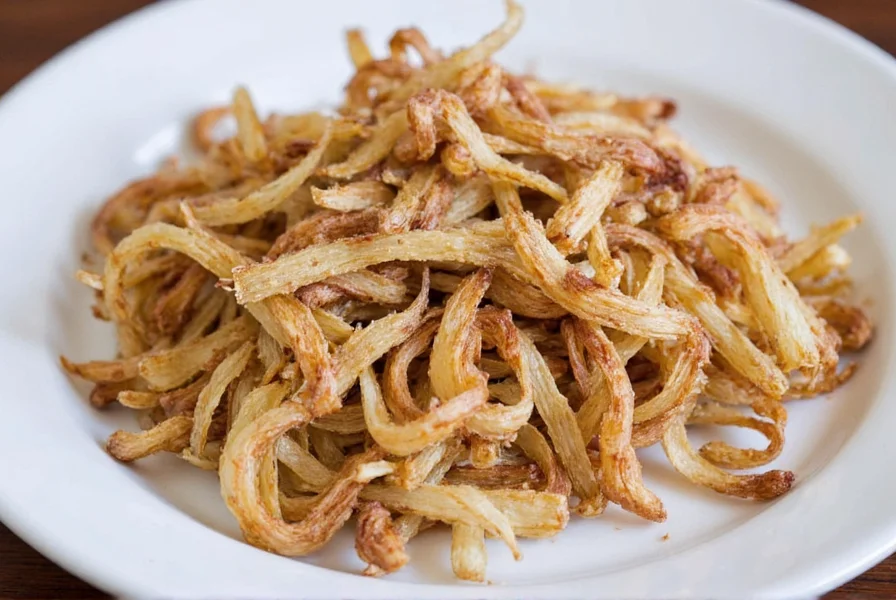
In Indian cuisine, dried shallots are essential for garam masala, adding caramelized sweetness. In chili con carne, they provide depth that fresh shallots can't match.
| Feature | Fresh Shallot | Dried Shallot |
|---|---|---|
| Flavor | Mild, slightly sweet | Intense, complex |
| Texture | Crispy and juicy | Crunchy when dry, soft when rehydrated |
| Shelf Life | 2-3 weeks in fridge | 6-12 months when stored properly |
| Preparation | Requires peeling and chopping | Ready to use or rehydrate |
| Best For | Raw applications (salads, salsas) | Cooked dishes, sauces, seasonings |
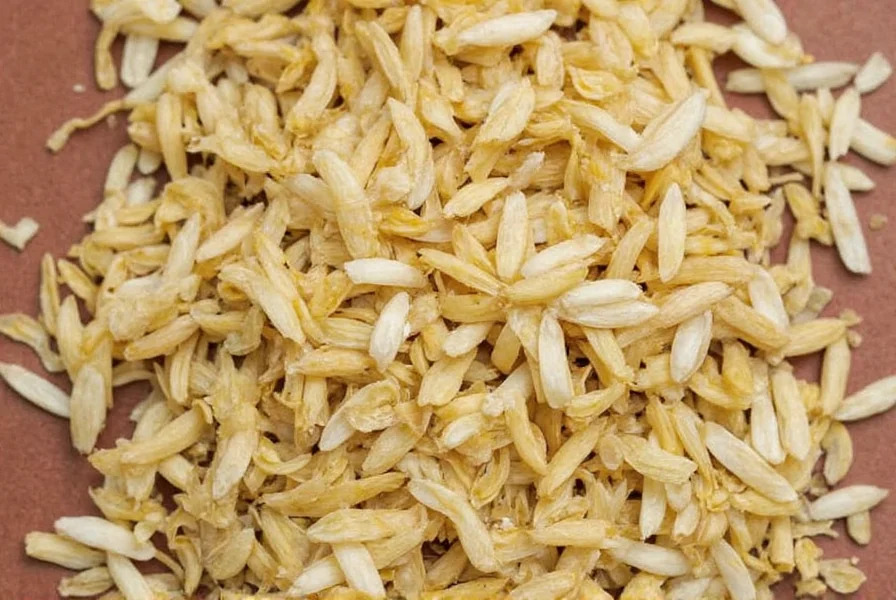
While fresh shallots work best in raw dishes, dried shallots deliver superior flavor in cooked recipes where their concentrated essence can fully develop.
Buying Guide: Choosing Quality Dried Shallots
Follow these criteria to select the best dried shallots:
- Appearance: Uniform golden-brown slices without mold or discoloration
- Smell: Strong, aromatic scent with no off-odors
- Texture: Dry and brittle, not sticky or damp
- Brand Reputation: Trusted brands like McCormick, Spice Islands, or Simply Organic
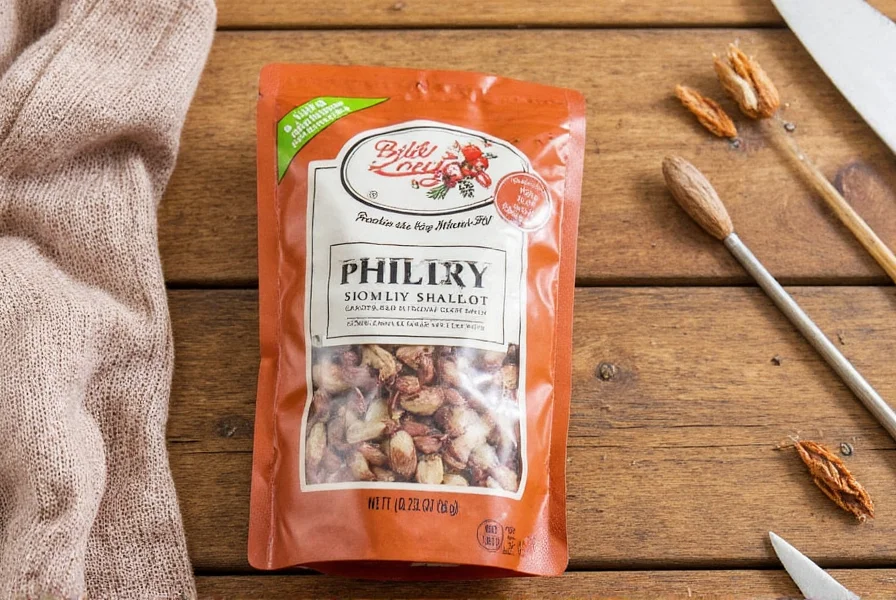
McCormick Dried Shallots is a top choice for consistent quality and rich flavor. It's ideal for enhancing soups, stews, sauces, and adding crunch to snacks like crackers and chips.
Pro Tips for Maximizing Flavor
Unlock the full potential of dried shallots with these expert techniques:
- Toast Before Use: Lightly toast in a dry pan for deeper, nuttier flavor
- Baking Applications: Mix into savory bread doughs or muffins for umami depth
- Seasoning Blends: Combine with thyme, rosemary, or oregano for custom spice mixes
- Dry Rubs: Mix with paprika, garlic powder, and cumin for meat and vegetable rubs
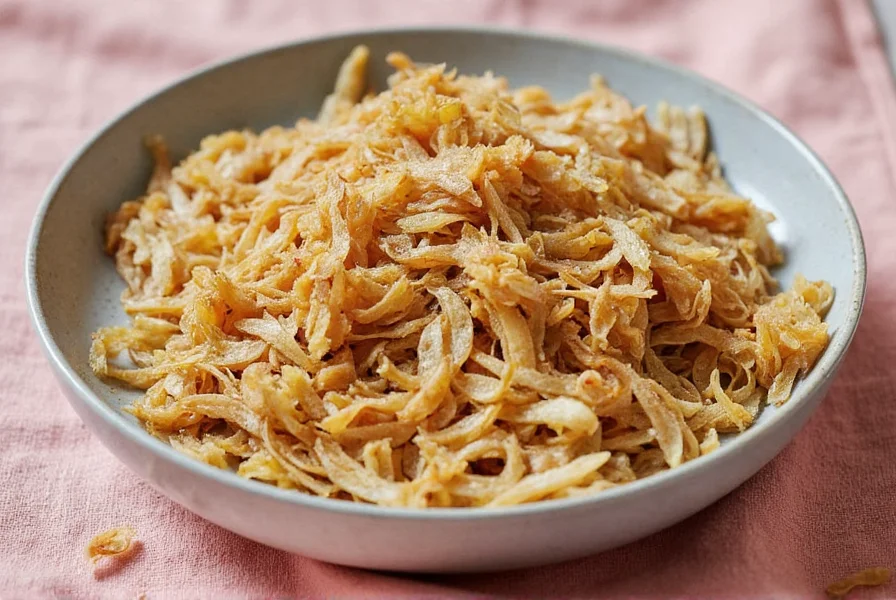
For maximum flavor infusion, grind dried shallots into a fine powder. This works exceptionally well in soups and stews where the flavor distributes evenly throughout the dish.
What is dried shallot made from?
Dried shallot is created by dehydrating fresh shallots to remove moisture, which concentrates their natural flavors while extending shelf life. The dehydration process enhances both the sweetness and sharpness compared to fresh shallots.
How do I rehydrate dried shallots?
For recipes requiring softer texture, soak dried shallots in warm water for 15-30 minutes until plump. Use a 1:1 ratio of dried shallots to water. Drain excess liquid before adding to your dish. For soups and stews, you can skip pre-soaking as they'll rehydrate during cooking.
How long do dried shallots last?
When stored in an airtight container in a cool, dark place, dried shallots maintain peak quality for 6-12 months. Properly stored, they remain safe to use beyond this timeframe though flavor intensity may gradually diminish. Always check for off-odors or discoloration before use.
Can I substitute dried shallots for fresh in recipes?
Yes, but with adjustments. Use 1 tablespoon of dried shallots for every 1/4 cup of fresh shallots. Since dried shallots have concentrated flavor, start with less and adjust to taste. They work best in cooked dishes rather than raw applications where fresh shallots shine.
Are dried shallots healthy?
Dried shallots retain most nutrients found in fresh shallots including antioxidants and quercetin. The dehydration process concentrates these compounds, though some vitamin C is lost. They contain no additives when purchased plain, making them a natural flavor enhancer with minimal calories.
How should I store dried shallots?
Keep dried shallots in an airtight glass or plastic container away from heat and light. Avoid storing near stove tops or in clear containers on pantry shelves. For maximum shelf life, consider dividing into smaller portions to minimize exposure to air and moisture each time you use them.
Conclusion
Dried shallot is a culinary secret weapon that transforms ordinary dishes into extraordinary meals. Its concentrated flavor, extended shelf life, and versatile applications make it indispensable for both professional chefs and home cooks. Whether you're preparing weeknight dinners or special occasion meals, dried shallot delivers consistent, professional-level flavor with minimal effort.
Next time you're shopping for ingredients, don't overlook dried shallots. This humble ingredient might just be the key to elevating your cooking to new heights. Remember: a little dried shallot goes a long way—and it's sure to impress your guests, no matter the occasion.
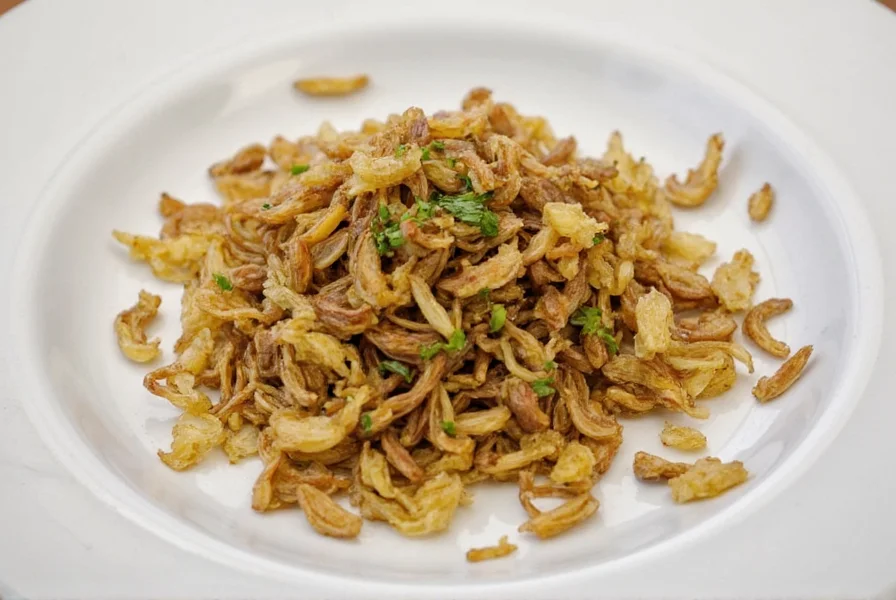

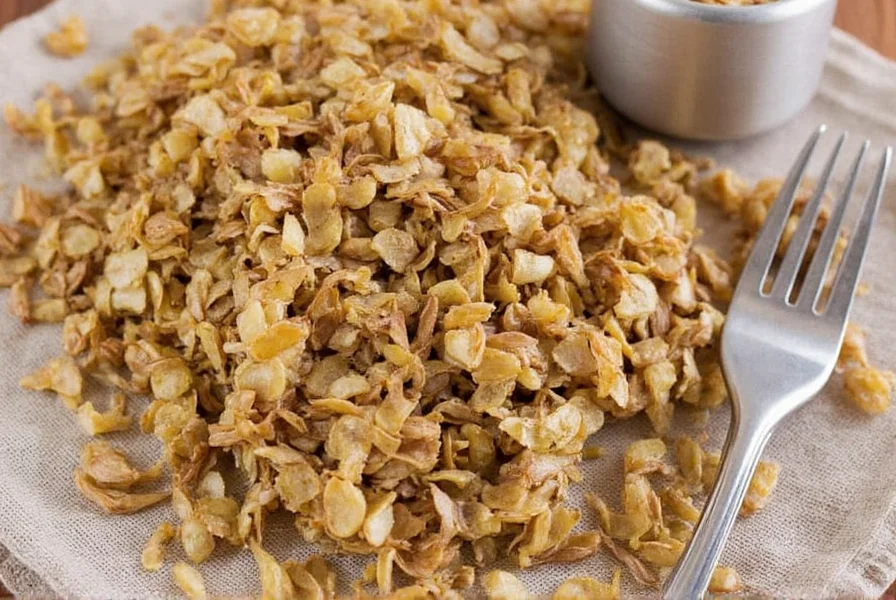









 浙公网安备
33010002000092号
浙公网安备
33010002000092号 浙B2-20120091-4
浙B2-20120091-4